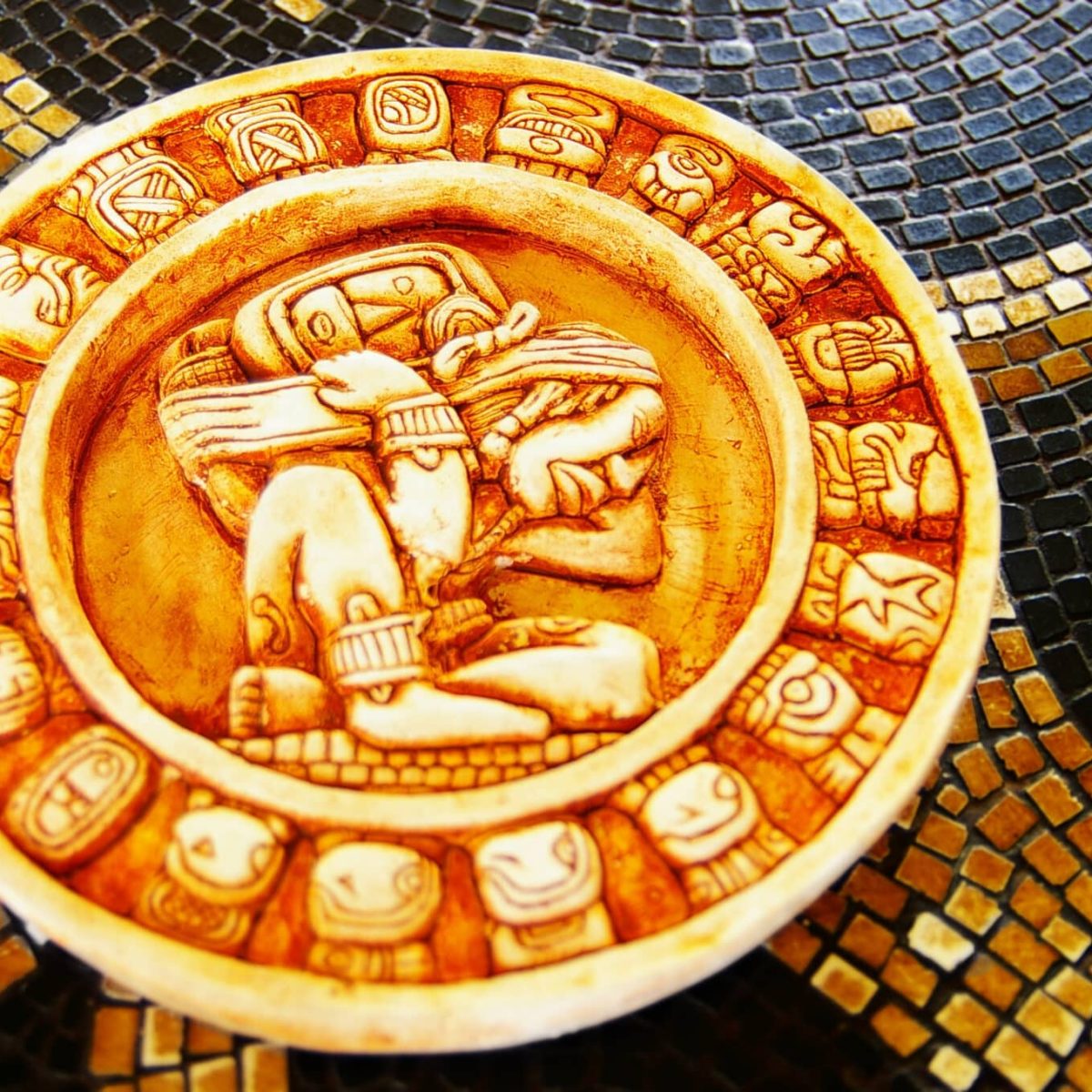Maya civilization is renowned for its astronomical knowledge, which they used to create three different calendars. One of these calendars, the K’awill, was 819 days long, but until now, it was unclear what this calendar was based on. Researchers from the Middle American Research Institute (MARI) at Tulane University have recently published a study in the journal Ancient Mesoamerica, revealing that the K’awill was based on the synodic periods of visible planets.
The Maya used their astronomical observations to create three calendars: the 260-day religious Tzolkin calendar, the 365-day Haab calendar, and the 819-day K’awill calendar. The K’awill calendar has been a mystery until now, but researchers from MARI have discovered that it was based on the synodic periods of visible planets. The synodic period is the time it takes for a planet to return to the same position in the sky as seen from Earth.
The researchers focused on the synodic periods of five visible planets: Mercury, Venus, Mars, Jupiter, and Saturn. They found that the synodic period of Mercury is exactly one-seventh of the 819-day K’awill calendar, while Venus completes seven periods in five years. Mars, Jupiter, and Saturn require 20, 19, and 6 years of the K’awill calendar for their periods, respectively. The K’awill calendar also correlates precisely with the religious Tzolkin calendar, which is 260 days long and is used for divination.
The Maya’s astronomical knowledge is impressive, especially considering that they did not have any optical instruments. The accuracy of their observations is evident in the small error of only 0.75% in the synodic period of Saturn. The researchers’ findings shed light on the Maya’s sophisticated understanding of the cosmos and their ability to create complex calendars based on astronomical observations.







-400x400.jpg)


